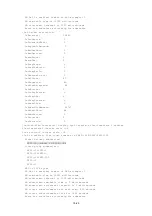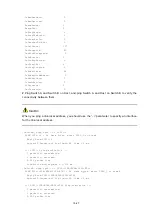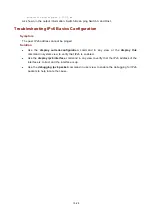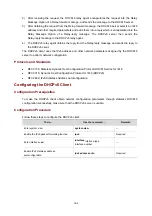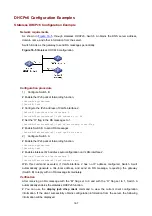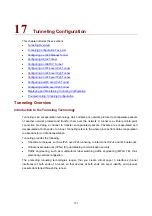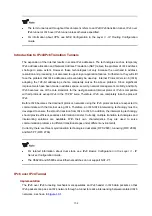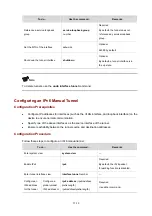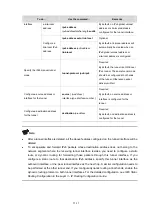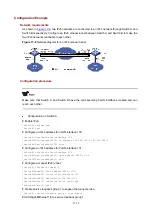
16-7
DHCPv6 Configuration Examples
Stateless DHCPv6 Configuration Example
Network requirements
, through stateless DHCPv6, Switch A obtains the DNS server address,
domain name, and other information from the server.
Switch B acts as the gateway to send RA messages periodically.
Figure 16-5
Stateless DHCPv6 configuration
Configuration procedure
1) Configure Switch B
# Enable the IPv6 packet forwarding function.
<SwitchB> system-view
[SwitchB] ipv6
# Configure the IPv6 address of VLAN-interface 2.
[SwitchB] interface vlan-interface 2
[SwitchB-Vlan-interface2] ipv6 address 1::1 64
# Set the “O” flag in the RA messages to 1.
[SwitchB-Vlan-interface2] ipv6 nd autoconfig other-flag
# Enable Switch B to send RA messages.
[SwitchB-Vlan-interface2] undo ipv6 nd ra halt
2) Configure Switch A
# Enable the IPv6 packet forwarding function.
<SwitchA> system-view
[SwitchA] ipv6
# Enable stateless IPv6 address autoconfiguration on VLAN-interface 2.
[SwitchA] interface vlan-interface 2
[SwitchA-Vlan-interface2] ipv6 address auto
With this command executed, if VLAN-interface 2 has no IP address configured, Switch A will
automatically generate a link-local address, and send an RS message, requesting the gateway
(Switch B) to reply with an RA message immediately.
Verification
After receiving an RA message with the “M” flag set to 0 and with the “O” flag set to 1, Switch A
automatically enables the stateless DHCPv6 function.
# You can use the
display ipv6 dhcp client
command to view the current client configuration
information. If the client successfully obtains configuration information from the server, the following
information will be displayed.





